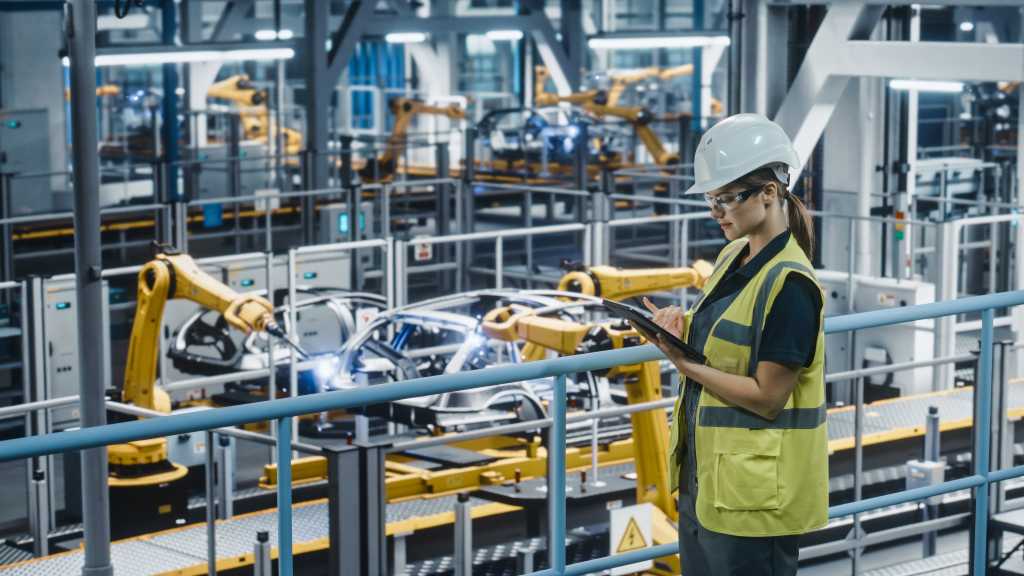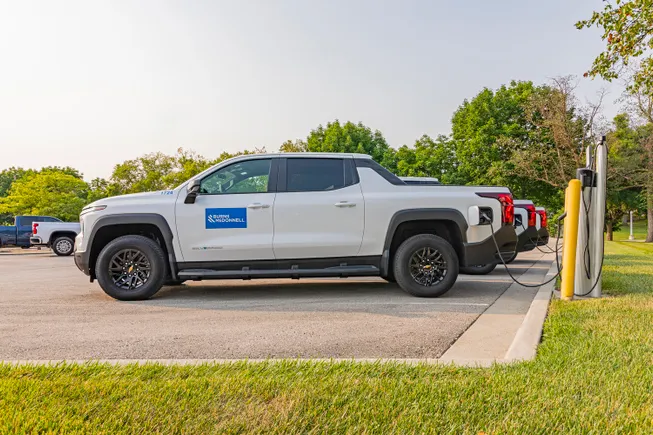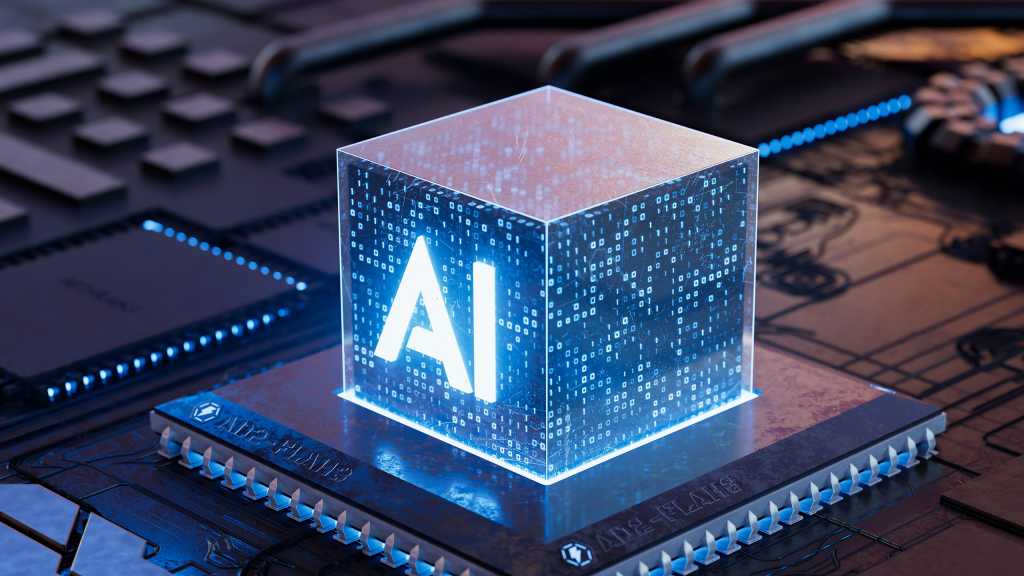Engineering consultancy Penspen has secured a multi-million pound contract from United Living Group for a CO2 transportation pipeline connected to HyNet North West.
Under the deal, Penspen will deliver the detailed engineering design for the pipeline connected to Italian firm Eni’s Liverpool Bay carbon capture and storage (CCS) project.
Penspen, a subsidiary of Dubai-based Sidara, will handle engineering works for the development of the onshore CO2 pipelines and above ground installations.
The infrastructure will transport captured carbon emissions from industrial emitters in Stanlow to the Liverpool Bay CCS project via the Point of Ayr terminal.
A team of 70 Penspen employees will deliver the contract from a dedicated office in London, with 20 jobs created for the work.
In addition, Penspen said its team in Aberdeen will also support the contract delivery.
Penspen energy transition director Darren Bartlett said: “This is a pivotal award that highlights Penspen’s reputation as specialists in supporting complex energy transition projects, applying over 70 years of international engineering expertise to meet the challenge of decarbonising the UK’s industrial hubs.
 © Supplied by Penspen
© Supplied by Penspen“The HyNet North West project will be transformational for the UK’s energy network, and we are proud to be working with United Living to deliver this first-of-its kind project at Liverpool Bay.
“The development of this carbon capture facility will be critical in driving progress towards a cleaner energy future.”
HyNet North West
Eni is advancing the Liverpool Bay CCS project after reaching a financial deal with the UK government, allowing the HyNet industrial decarbonisation cluster to proceed.
Located in north west England, the HyNet North West project will see CO2 emissions captured from industrial emitters around Liverpool and Manchester.
The HyNet project will then transport the captured CO2 for offshore storage in the Liverpool Bay.
The plans also include blue hydrogen production, hydrogen storage and a hydrogen pipeline to decarbonise various industrial processes in the region.
Alongside Eni, partners in the £2 billion HyNet project include EET Hydrogen, cement producer Heidelberg Materials and waste management firm Viridor.
Construction of the Liverpool Bay CCS network will support close to 2,000 direct jobs as well as safeguarding an estimated 350,000 industrial jobs in the region.
Eni has handed United Living Group a wider £250m contract to deliver CO2 transportation and storage infrastructure, which is expected to create 600 jobs.
Italian firm Saipem has also secured a £440m to convert a traditional gas compression and treatment facility at the Point of Ayr in north Wales into a CO2 electrical compression station.






















